Affori
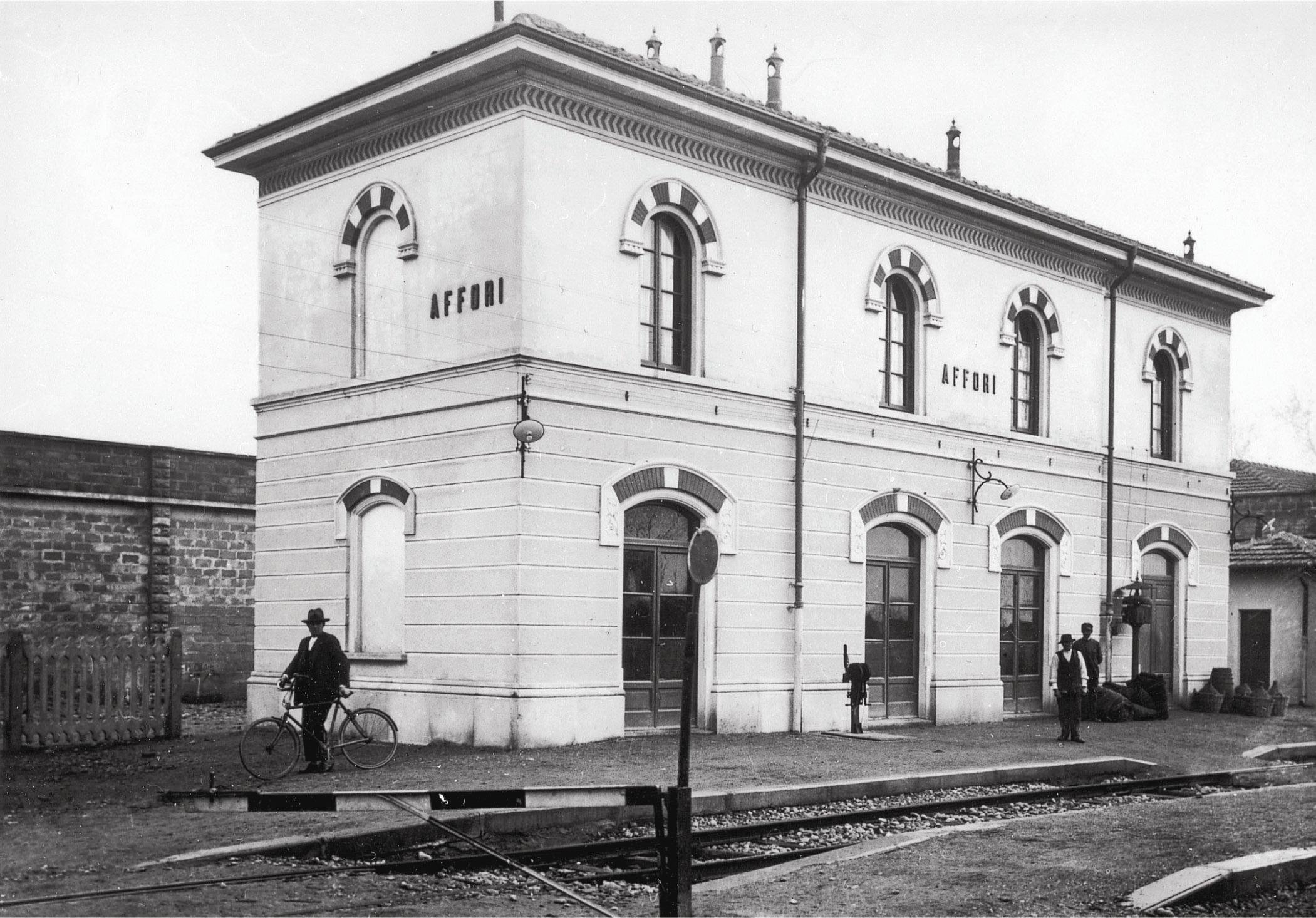
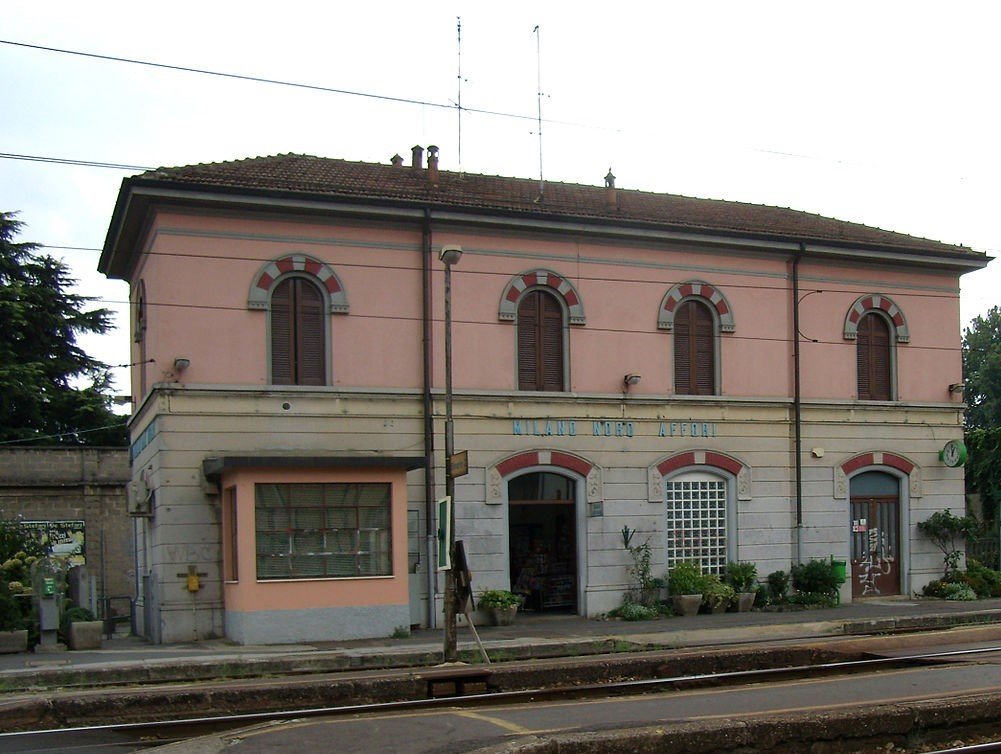
Medieval and Renaissance traces remain of the old town, including the 14th-century guard tower in Via Osculati, which was part of the old church of Santa Giustina complex.
The local economy was primarily farming based, with many farms making use of water from the springs for year-round irrigation, allowing water-meadow agriculture.
Today there are two Milan metro stations on the M3 line in the area, Affori Centro and Affori FN. The latter is located at Affori railway station. It opened in 1879 as a stop on the Milan-Erba line serving the town of Affori, an independent municipality until 1923. The old station of Milano Nord Affori remained operative from 1879 to 2011. It became a station on 1st July 1928, a few months after the second track between Bovisa and Varedo opened on 6 February 1928.
Gallery

Affori after electrification 
Affori in the 1950s: electrification can be seen as well as a factory next to the passenger building 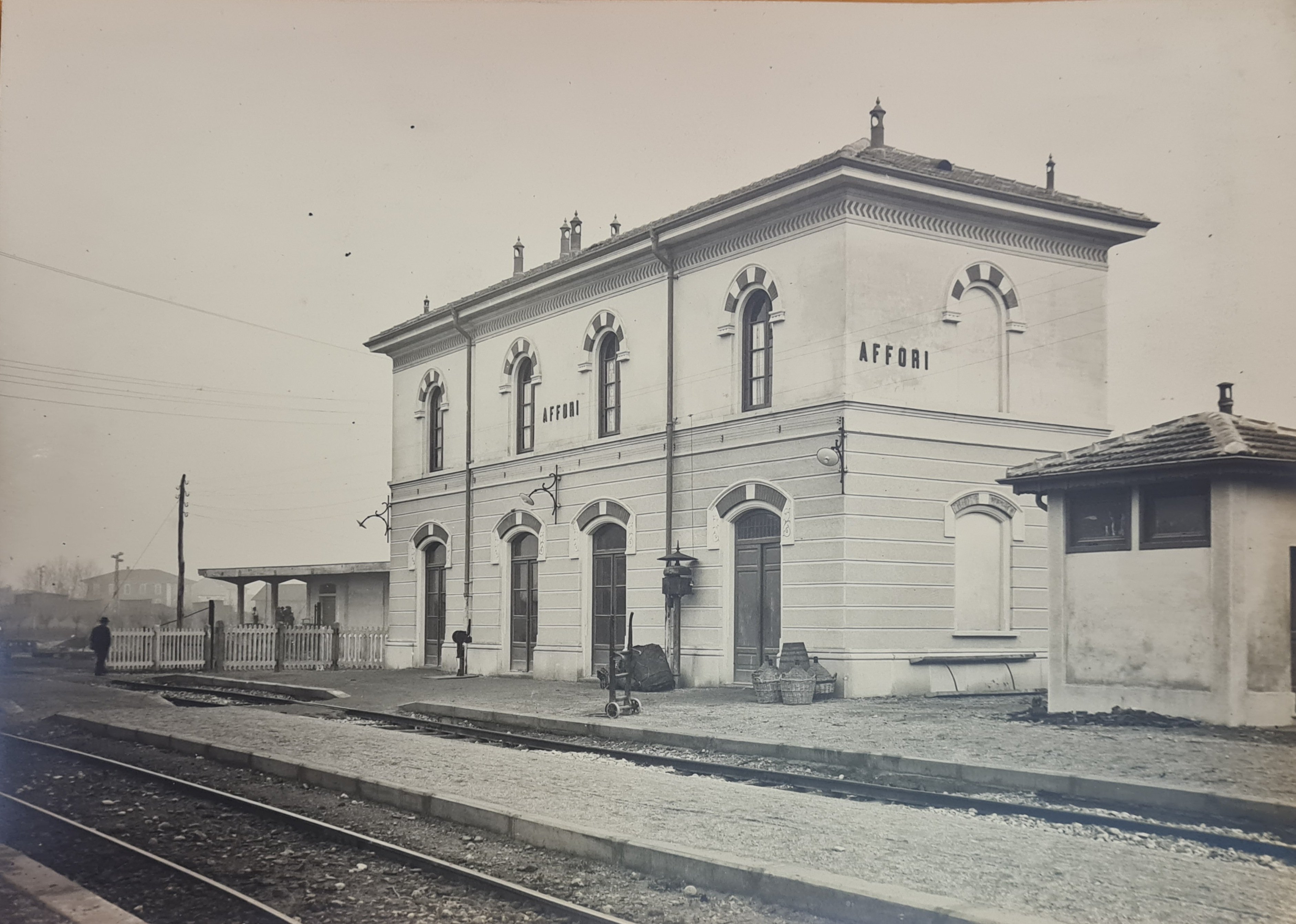
Transport of goods and demijohns in Affori, early 20th century 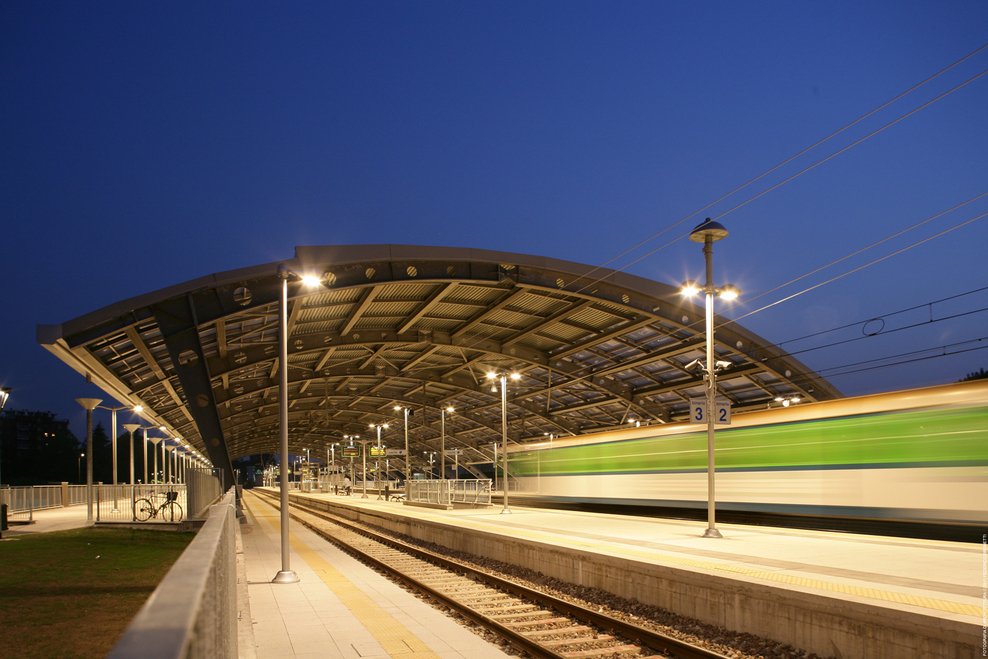
The new station, built in 2011 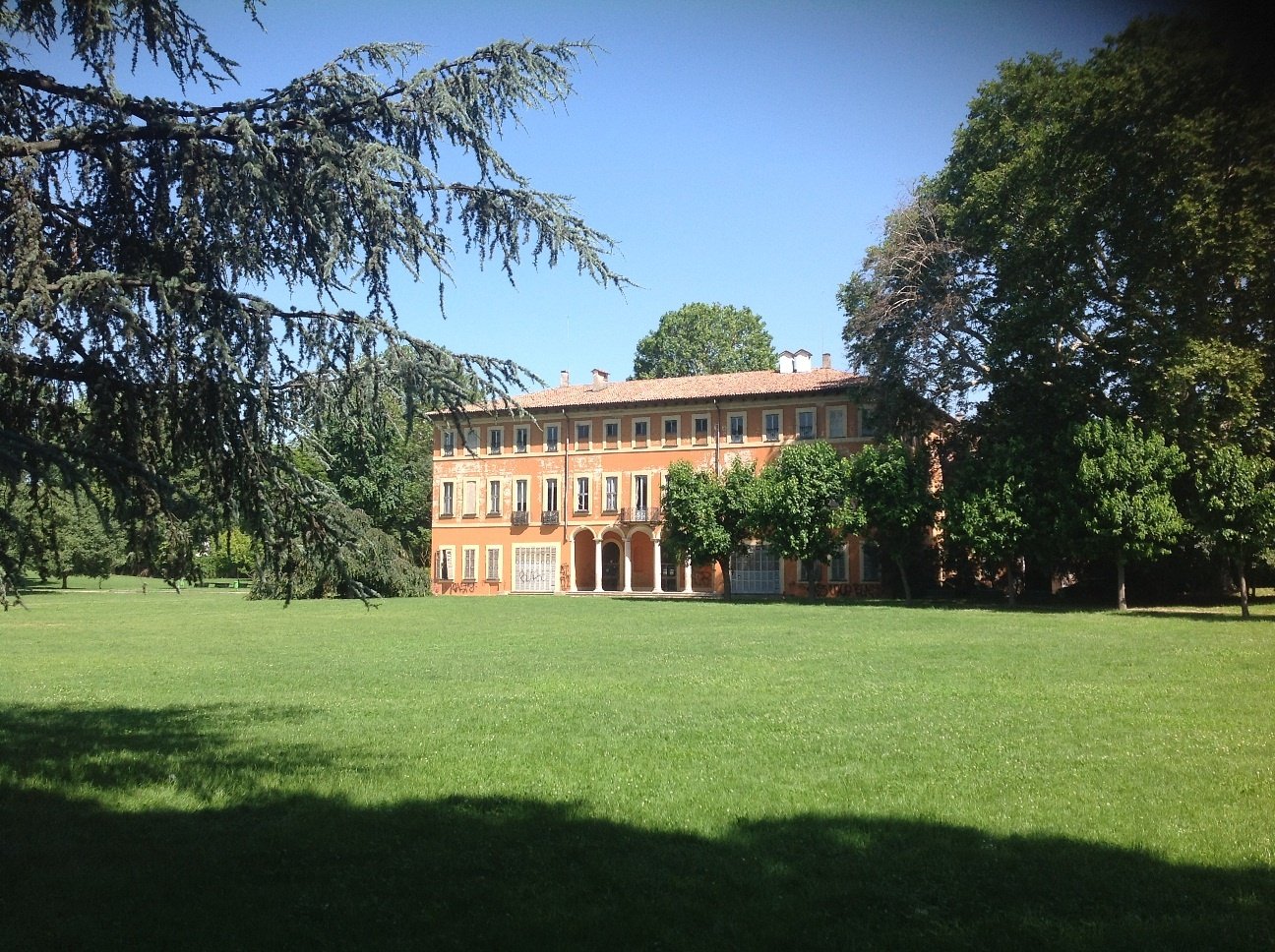
Villa Litta Modigliani (650 m from the station): built in 1687 and surrounded by one of Milan’s oldest parks, Villa Litta was at the height of its glory in the 1800s, when Count Trivulzio established a salon of intellectuals including writer Alessandro Manzoni and painter Hayez. Acquired by the Provincial Administration in 1905, in 1927 it became the property of the City of Milan, which converted it into a local library.